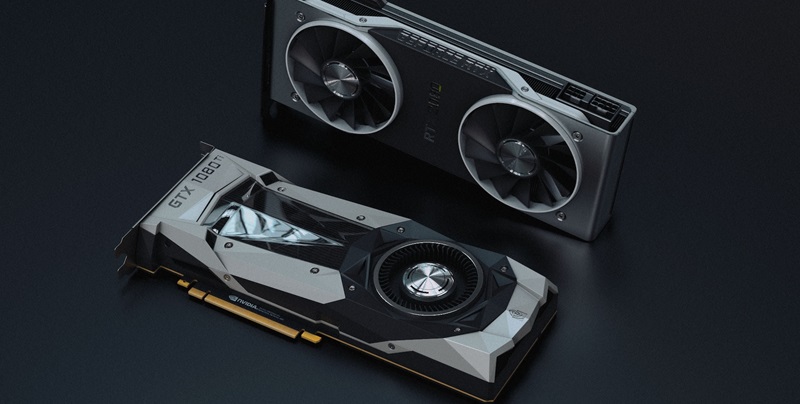At CES 2024, AMD made an exciting announcement, unveiling the highly anticipated Radeon RX 7600 XT graphics card. This new release is a significant addition to AMD’s GPU lineup, specifically targeting budget-conscious gamers who seek optimal performance at a reasonable cost.
Key feature: 16GB VRAM for High-Resolution Gaming
One of the standout features of the Radeon RX 7600 XT is its generous 16GB VRAM. This ample memory capacity is essential for gamers aiming to play the best PC games at resolutions higher than the standard 1080p. With such a significant VRAM boost, users can expect smoother gameplay and enhanced visual fidelity, even at higher resolutions.
Improved Performance: Higher Clock Speeds
The RX 7600 XT takes performance a step further with higher clock speeds. Sporting an impressive boost clock of 2.76GHz, this graphics card promises to deliver more power and speed, ensuring a seamless gaming experience. These enhanced clock speeds are designed to maximize the card’s potential, enabling gamers to push the boundaries and fully immerse themselves in their favorite titles.
Availability: Exclusively from Third-Party AIB Partners
When it comes to availability, it’s worth noting that AMD will not be releasing a reference card for the RX 7600 XT. Instead, it will be exclusively sold through third-party AIB (Add-In-Board) partners. This decision allows AMD to leverage their partners’ manufacturing capabilities, ensuring wider distribution and availability to meet the demand.
Price: Competitive and Accessible
With AMD’s successful pricing strategies in previous graphics card releases, it is expected that the Radeon RX 7600 XT will follow suit. Priced similarly to its predecessor, the RX 7600, which had an MSRP of $269.99, this new GPU promises to offer excellent value for money. By striking a balance between affordability and performance, AMD aims to capture a significant share of the budget-conscious gaming market.
AMD’s Pricing Strategy: Outperforming Nvidia
One area where AMD has gained an advantage over its competitor Nvidia is in its pricing strategy. The release of Nvidia’s RTX 4080 was marred by a misstep in pricing, resulting in a significant decrease in demand. In contrast, AMD’s RX 7800 XT witnessed remarkable success, thanks to its well-priced offering. AMD’s ability to understand market dynamics and offer competitive pricing positions them favorably in the GPU market.
AMD’s Advantage: Power, Clocks, and VRAM
The Radeon RX 7600 XT offers several advantages over its competitors and even its own predecessors. Targeting the 1080p gaming segment, this graphics card boasts higher power, faster clocks, and double the VRAM capacity. These features provide gamers with the necessary firepower to tackle demanding games while maintaining high frame rates and visual quality.
Performance and Release: Anticipated but Unknown
While the specific performance metrics of the RX 7600 XT are still unknown, its impending release has generated excitement among gamers. AMD’s track record with previous GPU releases instils confidence in their ability to deliver a card that meets expectations. Gamers eagerly await benchmark results and reviews to determine if the RX 7600 XT lives up to its promises.
Stay updated with TechRadar’s CES 2024 coverage. As CES 2024 progresses, it is essential to stay tuned to TechRadar’s coverage for the latest news and updates from the show. The announcement of the Radeon RX 7600 XT marks an important milestone for AMD, offering gamers on a budget a compelling GPU option. With the combination of high VRAM capacity, improved clock speeds, and AMD’s competitive pricing strategy, the RX 7600 XT has the potential to become a top choice for gamers seeking an affordable yet powerful graphics card.

